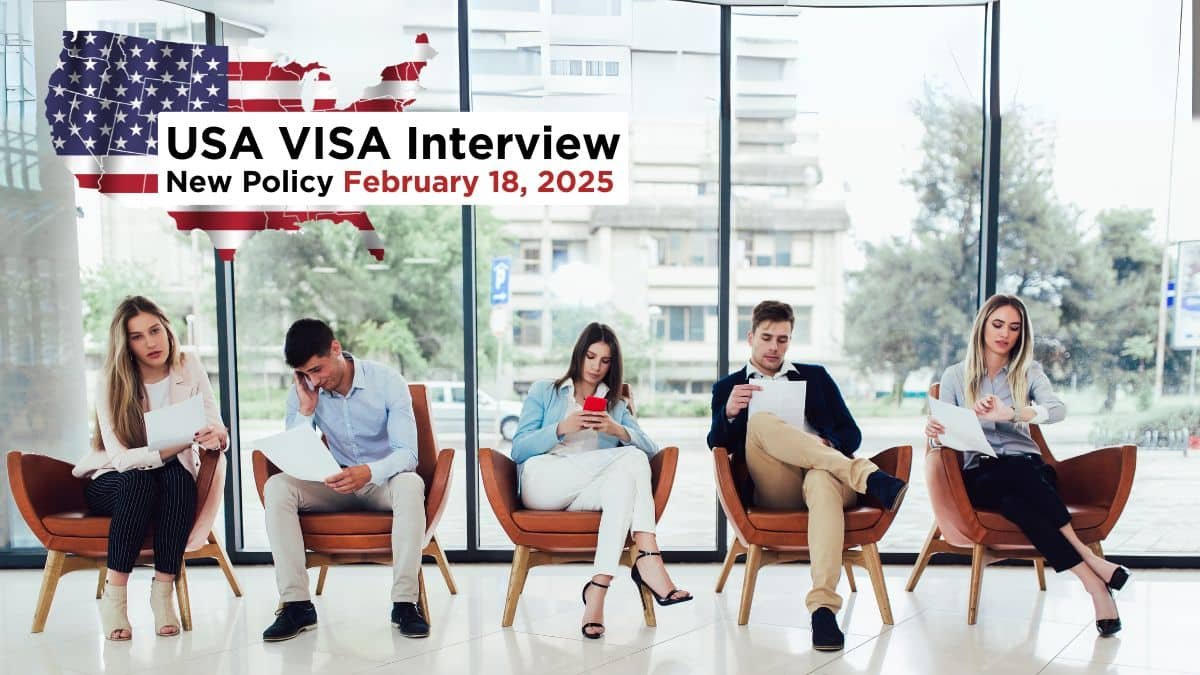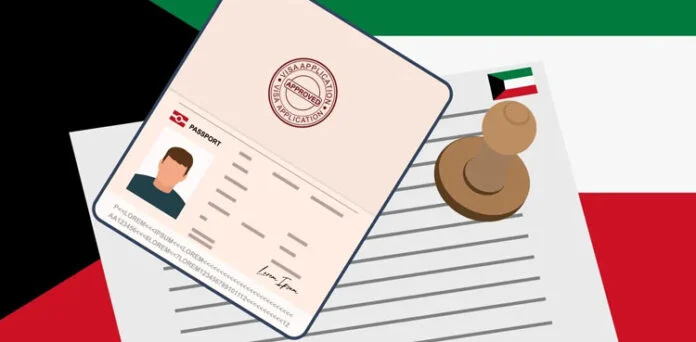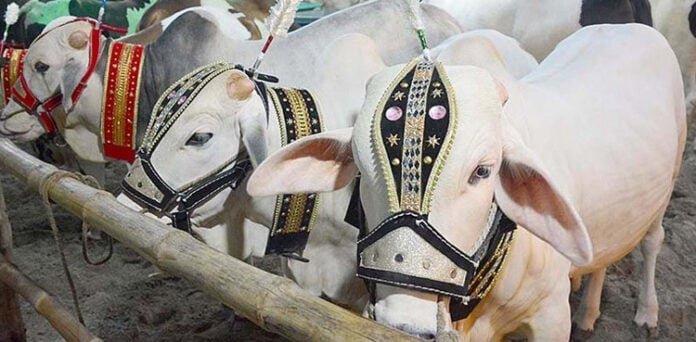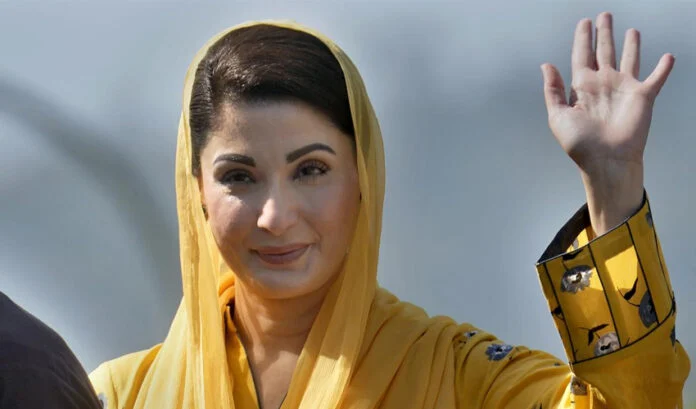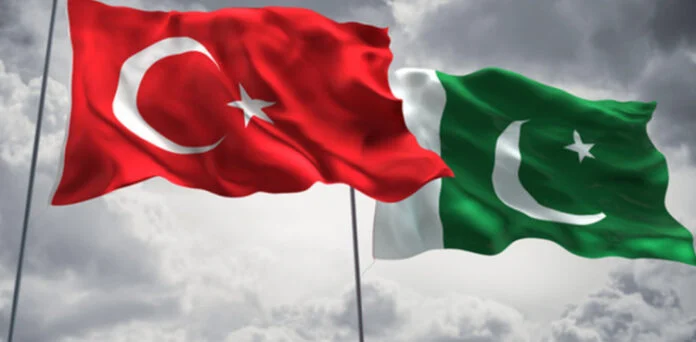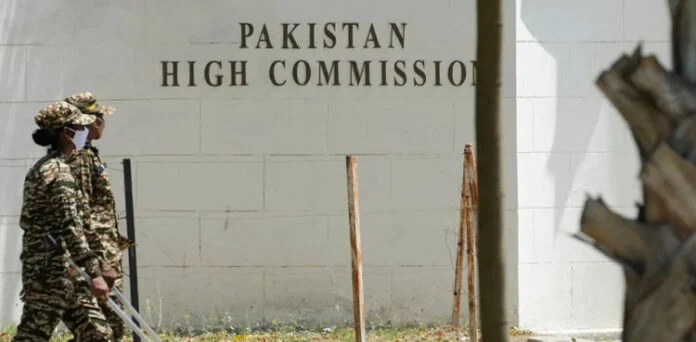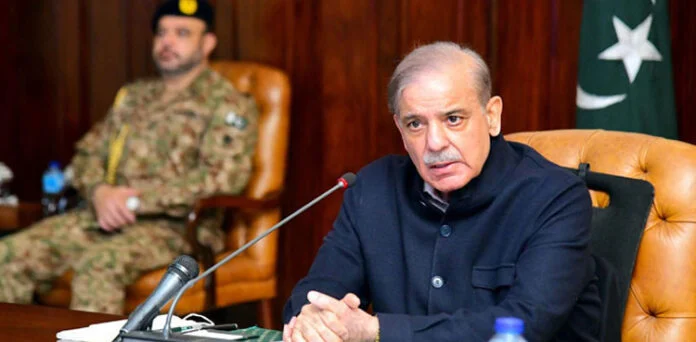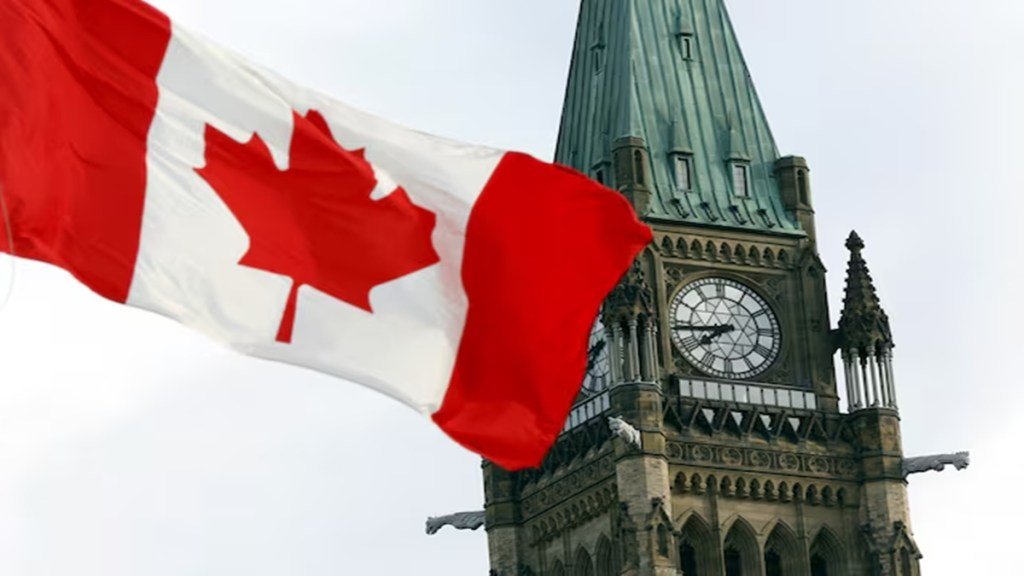
Immigration has emerged as a central issue in Canada’s general election taking place on April 28, 2025. Voters are choosing between the governing Liberal Party, led by Prime Minister Mark Carney, and the Conservative Party, led by Pierre Poilievre.
The future of Canada’s immigration system is of particular concern to international students and temporary foreign workers. Canada follows a multi-year Immigration Levels Plan, which sets annual targets for different categories of immigrants. The current 2025–2027 plan, introduced in October 2024, included for the first time specific goals for temporary residents, including students and foreign workers.
Mark Carney and the Liberals have expressed a commitment to keeping annual permanent resident admissions below 1% of the population, which for 2025 translates to a target of 395,000 new permanent residents. Carney has stated that these caps will stay in place until the country’s housing infrastructure expands to accommodate new arrivals. Canada’s population is projected to be around 41.5 million in 2025.
Pierre Poilievre and the Conservative Party have taken a sharply critical stance on the current immigration system, accusing the Liberals of mismanagement and inefficiency. Their platform highlights issues like long application backlogs and delays that have disrupted lives, separated families, and created uncertainty for many applicants. The Conservatives propose a major overhaul aimed at creating a more efficient system that aligns immigration intake with the country’s capacity in areas such as housing, healthcare, and employment.
Part of the Conservative strategy involves a significant reduction in the number of temporary foreign workers and international students, aiming to bring these figures closer to levels seen under previous Conservative leadership. They argue that recent immigration surges under the Liberals have contributed to rising housing prices, job market pressures, and strained public services in large cities such as Toronto, Vancouver, and Montreal.
Concerns have also been raised over wage suppression and job competition in sectors employing low-skilled labor, where temporary workers and students are heavily represented. The Conservatives blame these pressures on the Liberals’ approach, which they describe as poorly planned and unsustainable.
The Conservative plan includes stronger enforcement mechanisms, such as stricter criminal background checks for student visa applicants and faster removal processes for those who violate Canadian laws while on visitor visas. They have also committed to addressing visa overstays and fraudulent claims, which remain points of concern in immigration enforcement.
For international students and foreign workers, the stakes are high. Many are watching the outcome of the election closely, knowing that the next government’s immigration policies could directly impact their future in Canada.



